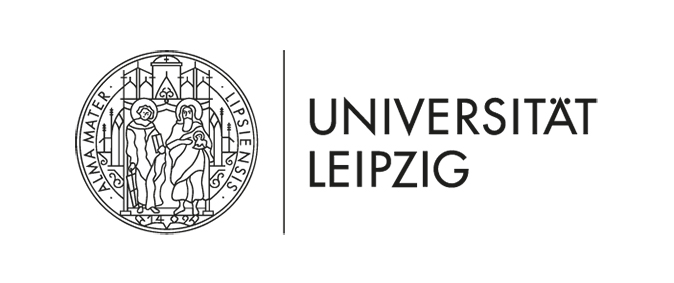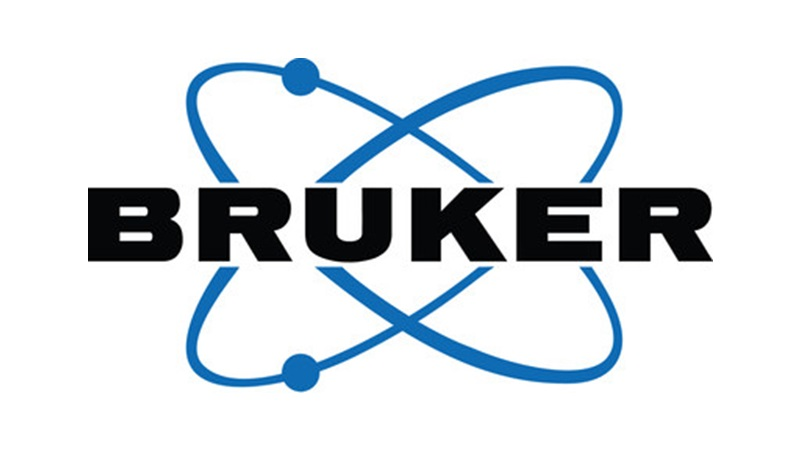|
14th Annual Symposium Physics of Cancer Leipzig, Germany Oct. 4 - 6, 2023 |
PoC - Physics of Cancer - Annual Symposium |
|
|
Invited Talk
Self-organizing principles driving tumor hierarchy and stemness
Institut Curie, 26 rue d'Ulm, 75248 Paris cedex 05, France
Contact: | Website
Colorectal tumors are heterogeneous tissues containing cancer cells in different phenotypic states. These states are dynamic rather than permanent, allowing cancer cells to plastically adapt to the changing microenvironment of the developing tumor. Such phenotypic plasticity is crucial for tumor growth, metastasis formation, immune evasion and drug resistance. Current research suggests that each phenotypic state is locally induced by biochemical signals produced by the tumor stroma. To challenge this hypothesis, we grew tumor organoid monolayers in a medium depleted of classical stromal factors and found that, even in these minimal conditions, cancer cells recapitulate many of the phenotypic transitions observed in vivo. Right after seeding, cancer cell clusters adopt a fetal-like state, which is characteristic of invasive cancer cells colonizing a new organ. As the cluster grows, the monolayer center gets crowded and cells transition towards a stem cell phenotype, as observed during metastatic growth. Consistently, physical confinement of the monolayer boosts the appearance of stem cells, showing that stemness can be mechanically induced by compressive stress. Furthermore, while small confined organoids mostly contain cancer stem cells, large organoids position the stem cell niche at the organoid edge. These organoids establish a functional hierarchy strikingly similar to that observed in real tumors: stem cells proliferate at the edge, migrate towards the organoid center, differentiate, and die. Our results show that, even in the absence of external cues, cancer cells have an intrinsic ability to distribute different cell types and functions in time and space to grow a hierarchical tumor-like tissue. Moreover, this functional hierarchy is only achieved above a critical tissue size defined by the characteristic length of the stem cell niche. Further experiments will reveal the molecular mechanisms governing these self-organizing principles, as well as their contribution to tumor progression in vivo.
|









